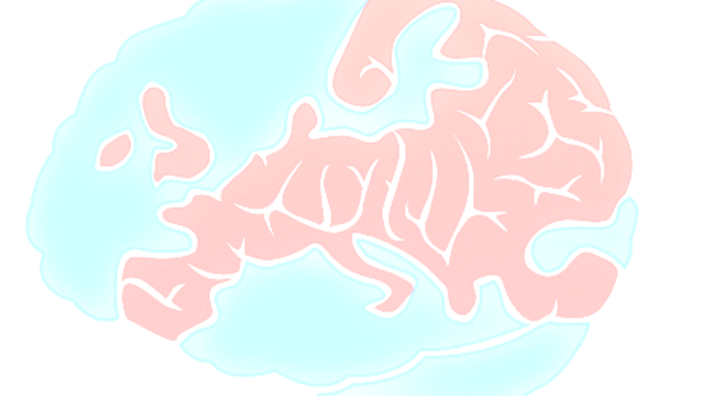
by Mieke Molthof. Originally published on 2014/02/11
In recent years, Washington’s decision to rebalance its foreign policy to the Asia-Pacific region – the so-called US ‘pivot’ to Asia – has generated substantial debate among European states, not only about the implications of this strategic reappraisal for Europe, but also about what the EU’s own role in Asian security should be. The security risks in this increasingly important region are numerous, ranging from the challenges raised by the North Korean regime and the ongoing tensions between China and Taiwan, to the territorial and maritime disputes in the East and South China Sea (Peyrouse, 2012). Yet, given the weak nature of the EU’s strategic posture – characterized by a reluctance and lack of capacity to project military power on a global scale – it is difficult to see how European states can collectively contribute to addressing Asia’s complex security challenges (Stokes & Whitman, 2013). Indeed, in the context of ‘Asia’s growing seduction with hard power’ (Khandekar, 2012, p.85), the EU struggles to make itself heard in this region. Paradoxically however, Europe’s strategic weakness can perhaps also be a strength. Indeed, thanks to its relative detachment, the EU is uniquely disposed to serve as a diplomatic balancer in Asia-Pacific geopolitics.
According to Javier Solana, former EU High Representative for Foreign and Security Policy, Europe can use its diplomatic finesse to perform what he calls a ‘smart pivot’ (2013). Europe’s niche, he argues ‘lies … in the kind of smart security that only diplomacy and institutionalized cooperation can bring’ (Solana, 2013). While the US pivot risks giving rise to increased polarisation and zero-sum games, the EU’s ‘smart pivot’ is unhampered by binding military alliances and is not directed towards/against any specific country. Europe has remained passively vigilant in relation to disputes in the region, and has stayed clear of a ‘containing China’ policy (Simon, 2009). To be sure, the European pivot does include elements that are related to matters of defence, but these are primarily in the form of military dialogues, such as the Shangri-La Dialogue on Asian security (Casarini, 2013). Despite Europe’s political arms embargo against China, the EU is still seen as a rather neutral actor in Asian security (Studdart & Dembinski, 2013). In contrast to other actors like the United States, Japan and India, the EU is considered as relatively free from vested interests in the region (Casarini, 2012). The EU’s neutrality and physical distance from the Asia-Pacific region provide the EU with a diplomatic finesse that other actors are unable to call upon. Assuming the status of a balancer, and making use of its expertise in mediating disputes would allow the EU to make a distinctive contribution to Asian security.
An example of a situation in which the EU could play an important role as diplomatic balancer is the dispute between China and Japan over the islands in the East China Sea. At first sight, the EU may not appear as the most obvious mediator in this dispute. Preoccupied with numerous crises in its own neighbourhood, the EU has yet to pay full attention to the risks of enduring tension in the East China Sea (Studdart & Dembinski, 2013). Yet, major European economic interests would be affected in case of a disruption of trade with East Asia when the conflict escalates. And the EU’s situation provides it with several advantages. While involvement of the US is perceived as a direct challenge to China’s position, generating regional tensions and military build-ups, the EU can be seen as a more credible neutral force (Khandekar, 2012). And having provided a pivotal contribution to the successful negotiations on Iran’s nuclear programme , the credibility of the EU as a foreign policy actor has recently been given a boost, including in the eyes of the Chinese (Studdart & Dembinski, 2013).
If conflicts in Asia are taking on a more hostile character, European states cannot expect the United States to carry the burden of maintaining regional stability on its own. In this regard, the EU can no longer neglect the security dimension of its Asia strategy. A stronger security dimension does not necessarily require a military role; it does, however, mean a more forceful diplomatic role (Kaiser & Muniz, 2013). The EU may not be able to match the military power of the United States, but it could make a valuable contribution to securing regional peace by exploiting its diplomatic ‘niches’ more vigorously. In making this contribution, and sharing America’s burden of maintaining regional stability, the EU should be careful not to create the impression of being too closely aligned with the United States. It should avoid losing its neutrality, for otherwise it would risk undermining its credibility as a diplomatic balancer. It appears that it is precisely the non-alignment of the EU, and the alternative voice it can provide, that leads Asian states to welcome increasing EU involvement in Asian security affairs.
Further Reading:
Solana, J. (2013). Europe’s smart pivot: The European Union in the Asian century. World Politics Review, 25 June 2013.
Peyrouse, S. (2012). Europe’s involvement in East Asian security: how to engage China. FRIDE. Policy Brief, 12.
References:
Casarini, N. (2012). EU foreign policy in the Asia Pacific: striking the right balance between the US, China and ASEAN. European Union Institute for Security Studies. September 2012. Retrieved from http://www.iss.europa.eu
Casarini, N. (2013). The European ‘pivot’. European Union Institute for Security Studies. Issue Alert, 3. Retrieved from http://www.iss.europa.eu
EUobserver (2013). EU announces Iran nuclear deal. EUobserver. November 24, 2013. Retrieved from http://euobserver.com.
Kaiser, K. & Muniz, M. (2013). Europe, too, needs an Asian ‘pivot’. Europe’s World. Summer 2013. Retrieved from http://europesworld.org
Khandekar, G. (2012). The changing landscape of EU-Asia relations. Jindal Journal of International Affairs, 2(1), 72-89.
Peyrouse, S. (2012). Europe’s involvement in East Asian security: how to engage China. FRIDE. Policy Brief, 12. Retrieved from http://www.fride.org
Simon, L. (2009). Offshore power Europe? Buffering Eurasia to balance East Asia. European Geostrategy, 2 September. Retrieved from http://europeangeostrategy.ideasoneurope.eu
Solana, J. (2013). Europe’s smart pivot: The European Union in the Asian century. World Politics Review, 25 June 2013. Retrieved from http://www.worldpoliticsreview.com
Stokes, D. & Whitman, R. G. (2013). Transatlantic triage? European and UK ‘grand strategy’ after the US rebalance to Asia. International Affairs, 89 (5), 1087-1107.
Studdart, A. & Dembinski, S. (2013). Can Europe help reduce Sino-Japanese tensions? GMF Blog, Expert Commentary. Retrieved from http://blog.gmfus.org.

 Is EU citizenship for sale – or for keeps? A critical analysis of the CJEU’s Golden Visa ruling.
Is EU citizenship for sale – or for keeps? A critical analysis of the CJEU’s Golden Visa ruling.  The European Union in Space: From exploration and innovation to security and autonomy
The European Union in Space: From exploration and innovation to security and autonomy  The Rise of the Right: The Threat Right-Wing Extremism Poses to Women and Feminist Efforts in Germany
The Rise of the Right: The Threat Right-Wing Extremism Poses to Women and Feminist Efforts in Germany  The silent shield – how special operations safeguard the global supply chain
The silent shield – how special operations safeguard the global supply chain 


